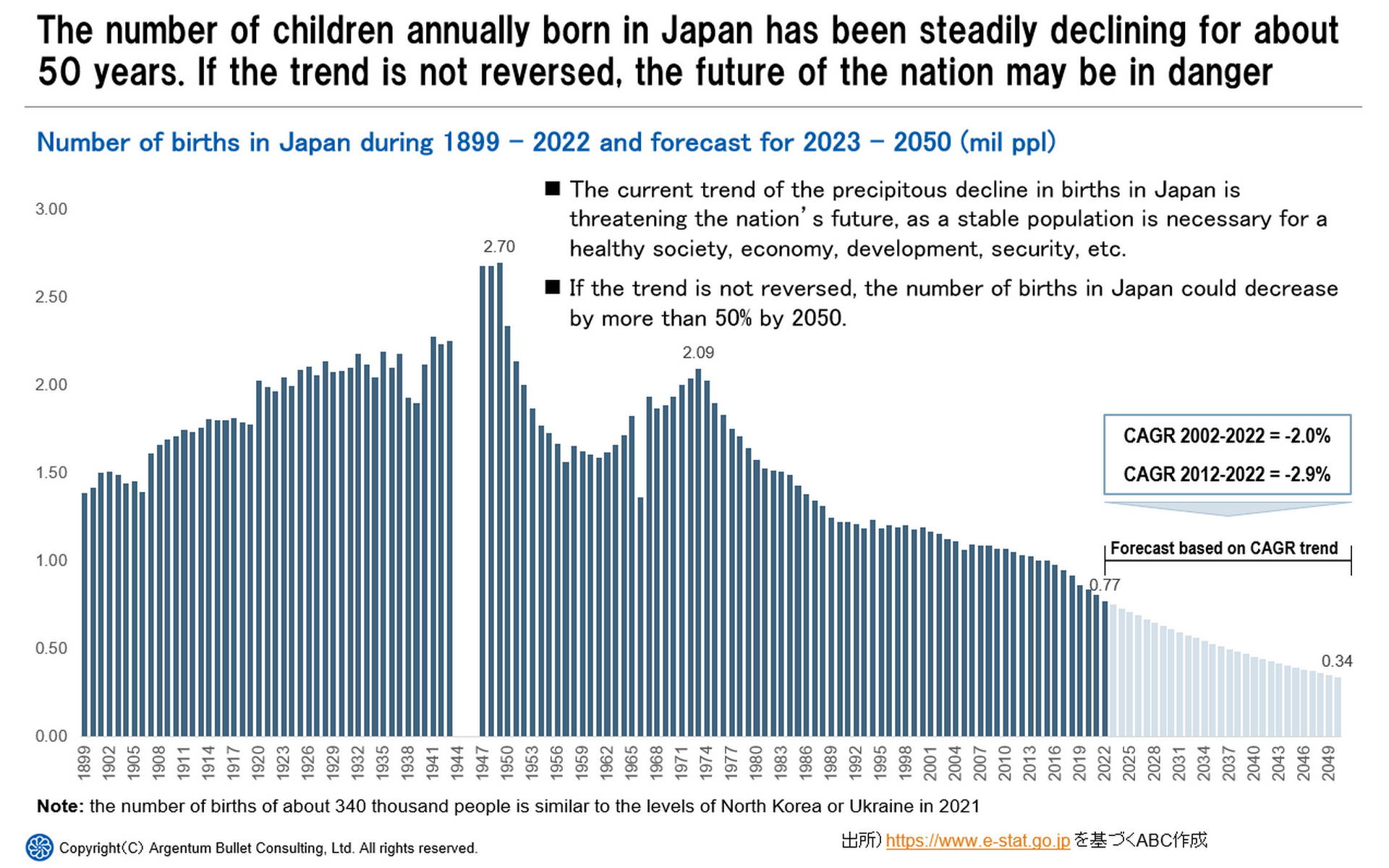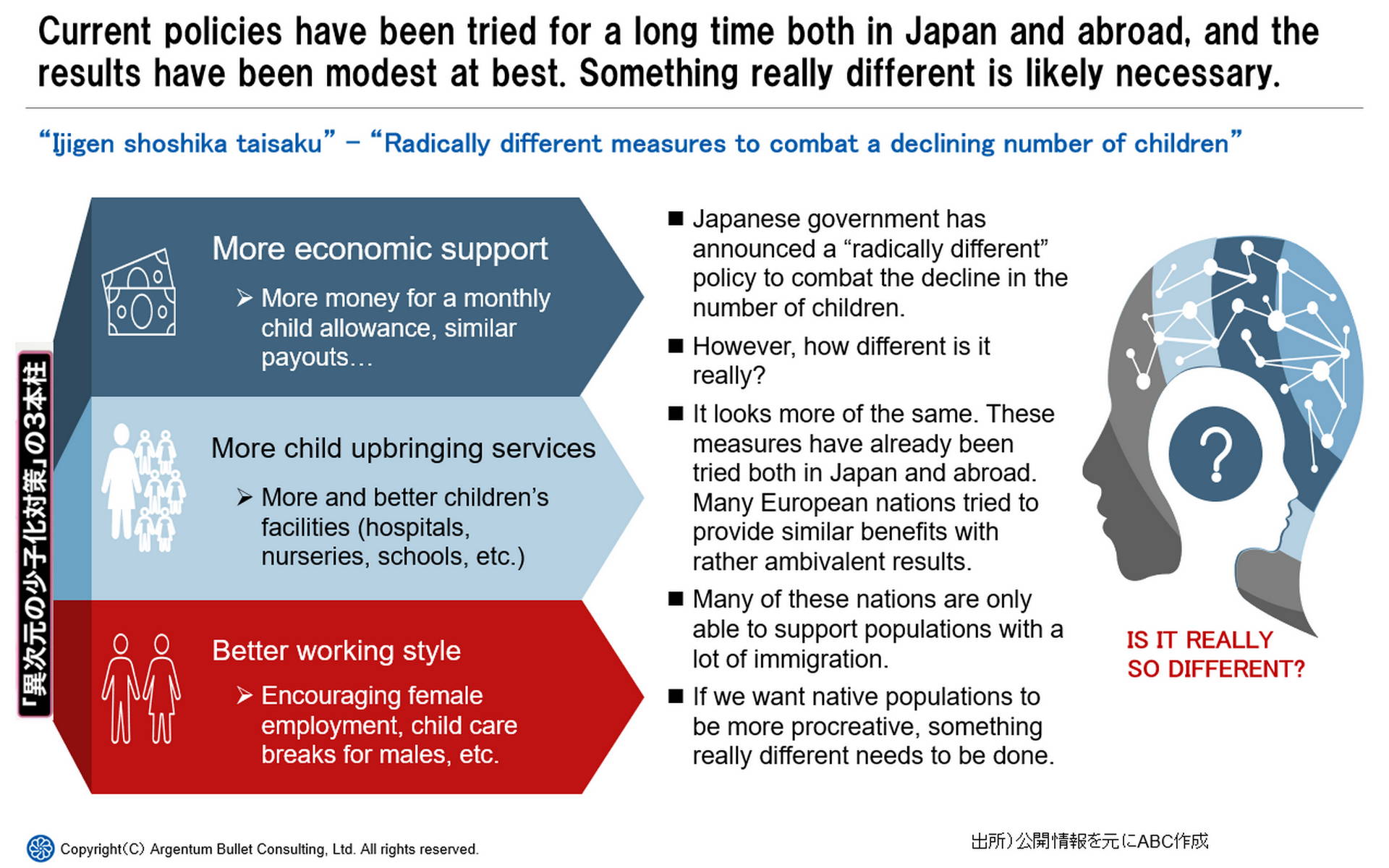Japan has been recently stunned by the fact that the number of children born in the country in 2022 is expected to be only 773 thousand babies. This low number has been anticipated not earlier than several more years down the road. This figure may be a sign of an accelerating drop in the nation’s fertility and a bleak demographic outlook for the future.
The population of a nation is one of the key measures of its size, power, and security. It is not a coincidence that such countries as Brazil, China, India, Indonesia, and some others are playing more and more important roles in the modern world. These are very populous countries. Hence they have huge markets for all kinds of goods and commodities. Hence they are increasing their role as production hubs of the world. Hence they are powerhouses that affect countries in their vicinity and tend to have large militaries to secure themselves.
The countries named above are so-called emerging countries. As for the so-called developed nations, the USA, Japan and Germany are the largest by population. Among them, only the USA has its population growing, largely due to immigration. None of these countries have a fertility rate close to 2.1 necessary to stabilize the population. However, the situation is most dire for Japan, where the fertility rate in 2022 has gone below 1.3. Historically, Japan is immigration averse, and immigration can’t be relied on, like in the USA, where immigration tradition is long and more or less accepted by society. Besides, the Japanese language is a much higher barrier to the successful integration of immigrants into society, as opposed to the English language in the USA, for example.
So, just 773 thousand babies born, and the fertility rate getting below 1.3 births per female in 2022 could be a signal that the Japanese population is decreasing along the pessimistic scenarios. It may mean that in 2050 the nation’s population will be at around 90 million (more than 30 million decrease), and the share of the population above 65 years old will be around 40%. It doesn’t paint a pretty picture for Japan as a market, as an industrial powerhouse, and as a credible force in the APAC region. The burdens on the nation’s healthcare, welfare, and other systems are likely to multiply greatly, and there would be no easy ways to alleviate them.
By this token, Japan is the most pressed among the developed nations with the demographic crisis, and some real measures to combat the crisis are in order if Japan wants to preserve itself as an influential player in the world. The critical situation is understood by the leadership. The government of Japan recently announced the “Ijigen Shoshika Taisaku,” literally “Extraordinary (different dimension) policy to combat the low number of children.” The three main pillars of this policy are 1) Economic help to families with children (in the form of monthly child allowance); 2) Development of more and better facilities for babies/children, like kindergartens, hospitals, etc.; 3) Workplace improvements (like letting fathers take breaks from work to help with child care at home).
These measures, while positive and necessary, can not be classified as “different dimension” though. Actually, these measures are more of the same. They have already been tried in Japan and quite a few developed countries in Europe. Neither measure managed to reverse the trend or affect it significantly. And understandably so, about a hundred USD equivalent per month per child is not nearly enough for a family to feel any relief if its economic situation becomes negatively affected by childbirth. A month or so for a father to be able to spend at home and help his wife during the most difficult period right after birth is a welcome opportunity. However, will it really significantly affect the family’s decision to have or not to have a child? Probably not. So, some really different or even drastic measures have to be devised and implemented if Japan wants to stay relevant in the 21st century. What could these measures be? We think that the hints must be taken in the past or in countries that managed to keep their fertility rate high enough. In the past, for example, the government did not have to encourage people to have children. They just had them. And probably not because they did not know about contraception.
What was different a hundred years ago? Why did people at that time not need policies to bear children? We would say that society was arranged in such a way that having children led to a better family economy in the long run, and having children was seen to be a positive thing, a thing of a certain social status. On the other hand, having no children was seen as a curse, a calamity.
So, what needs to be done now is to tune modern society in such a way that having children is economically better in the long run. Society also needs to re-examine its values, consider the return to more traditional values and make having children a greatly valued thing on the cultural level.





